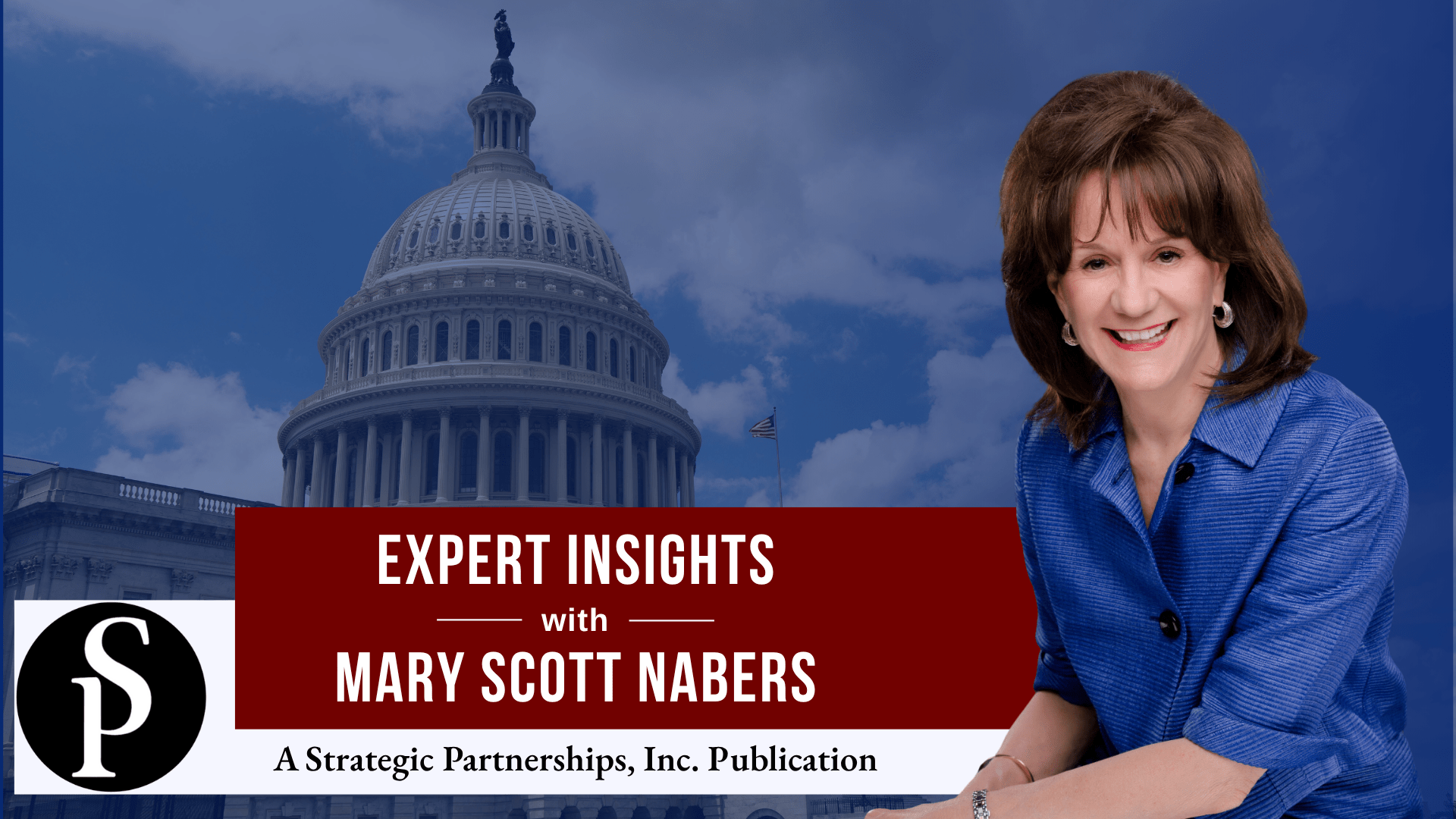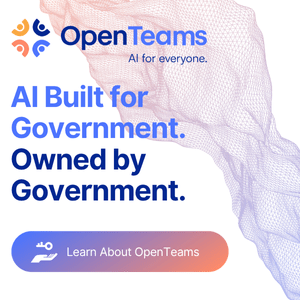Federal procurement is undergoing one of the most significant transformations in decades. Big changes have been made, and private sector contractors will need to prepare for these new procedures while also monitoring other evolving anticipated changes so that they are not left behind. The transformations began when the General Services Administration (GSA) launched OneGov. New cybersecurity mandates were announced and sweeping changes were made to long-standing contracting rules with little fanfare. The new process reshapes how federal agencies must now purchase technology, manage risk, and standardize pricing. The new procurement rules were announced as an effort to streamline IT acquisitions but there’s an indication that the changes will likely morph into a broader modernization of other federal buying guidelines.
The OneGov program redefines the way software contracts can be procured and negotiated in the future. A new cybersecurity certification framework is now in place, and new domestic-content, supply-chain, and artificial intelligence rules are already in place. Together, these changes signal a decisive shift toward centralized procurement processes and new evaluation criteria.
Since August 2025, the GSA has rapidly expanded the OneGov procurement strategy and now there are several ready-to-use IT software agreements in place. The Information Technology Vendor Management Office (ITVMO) maintains a live IT Catalog listing recently selected vendors that have purchasing contracts in place. The list includes Adobe, AWS, Anthropic, Box, DocuSign, Elastic, Google, Microsoft, OpenAI, Oracle, Salesforce, ServiceNow, and xAI. The GSA refers to all these vendors as original equipment manufacturers (OEMs) although some have questioned the OEM status of a few of the selected firms.
The federal government chose these companies to serve as a standing, government-wide channel for pre-negotiated software and AI tools, accessible through the Multiple Award Schedule (MAS) framework. Since mid-August, several additional OEMs have been added to the vendor list now able to add discounted access to cloud services, database integration, workflow modernization bundles, AI platforms, and intelligent content management. As of late October 2025, no publicly reported task orders have appeared under these new rules, but reporting delays are typical and many task orders remain in government-restricted portals.
The Federal Acquisition Service created a new Office of Centralized Acquisition Services (OCAS) and its responsibility is to manage cross-agency procurements and coordinate the OneGov implementations. Federal statements refer to this change as one that will advance the broader “federal wallet” concept of consolidated government-wide buying power.
The new oversight agency will provide eligibility steps, submission templates, and pricing procedures for companies that sell to federal agencies. Training sessions are scheduled to begin in November. These changes are so complicated, training will obviously be necessary.
In attempting to simplify the new rules, the basic plan is that all new procurements will go through the OEM-prime structure, and the GSA will negotiate directly with the selected manufacturers to lock in discounts and common terms. OEM pre-vetted vendors will have the discretion to authorize specific resellers, integrators, or service partners to fulfill orders through the MAS. Federal agencies will issue task orders under pre-approved contracts to improve efficiency, predictability, and compliance with federal procurement rules.
For private-sector contractors, the takeaway is clear. It is now imperative to secure OEM partner status and secure authorization to deliver implementation, migration, and adoption services for OneGov software purchases. Federal officials responsible for the changes say this new strategy will address long-standing duplication in federal software procurement. Historically, agencies purchased identical products separately—often at different prices and terms. The changes are designed to consolidate procurement transactions and allow the government to negotiate uniform discounted pricing and consistent cybersecurity assurances.
Software remains the largest and most complex slice of federal IT spending so by beginning with software, GSA can test a scalable model before expanding to hardware, cybersecurity tools, and other emerging technologies. It is currently impossible to predict future changes that are anticipated but early indications point to extensions into hardware platforms, cybersecurity, and data-analytics tools once contract templates and pricing baselines mature.
OneGov does not eliminate resellers or service providers, but the new structure redefines their role. OEMs will control compliance and data-security obligations, and their selected partners will focus on delivery, integration, and support under standardized MAS terms.
The ITVMO oversight agency urges vendors to:
- Build and maintain a complete vendor profile.
- Document federal engagements and pricing offers.
- Submit everything through the OEM Engagement Package portal.
- Coordinate directly with OEM channel teams to formalize partnerships that allow their participation.
For contractors, understanding the new OneGov program and its larger framework is key to staying competitive as the federal government continues to redesign and accelerate procurement rules. In the long term, the reforms represent more than regulatory housekeeping; they lay the groundwork for a unified federal marketplace that will be structured on new rules and controlled buying power. The market impact will be significant for contracting firms and success will hinge less on navigating agency-by-agency and more on aligning with new centralized strategies like OneGov and the new modernization guidelines of federal acquisition.
Photo by Thomas Lin from Pexels













